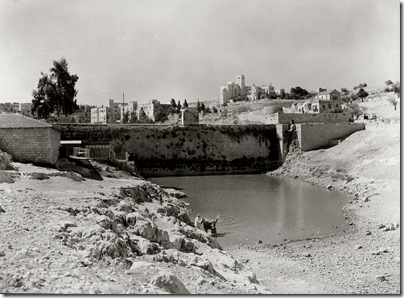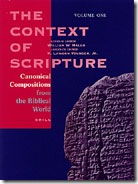The treasures of Baghdad’s National Museum went online for the first time Tuesday as Italy inaugurated the Virtual Museum of Iraq as part of an ongoing cultural collaboration between the two countries.
Looted during the United States-led invasion in 2003, the Baghdad Museum partially reopened in February after six years but the website is designed to make its most important artefacts accessible to everyone.
The site (www.virtualmuseumiraq.cnr.it), in Arabic, English and Italian, offers visitors the chance to walk through eight virtual halls and admire works from the prehistoric to the Islamic period, while videoclips reconstruct the history of the country’s main cities.
”It’s not a simple container of the objects in the museum but a real virtual journey, created for the general public and the scientific community, across 6,000 years of Mesopotamian history,” said Italy’s National Research Council Director Roberto De Mattei.
Among the artefacts on display in the Sumerian hall of the virtual museum is the famous Warka Mask, a marble head of a woman from Uruk dated to 3,400-3,100 BC, which, as with many of the works, visitors can rotate to get an almost 360 degree view.
In the Assyrian hall visitors can also admire colossal limestone statues of human-headed, winged bulls called lamassu, dated to the eight and ninth centuries BC, that guarded the ancient cities of Nimrud on the River Tigris and Dur Sharrukin, modern-day Khorsabad.

